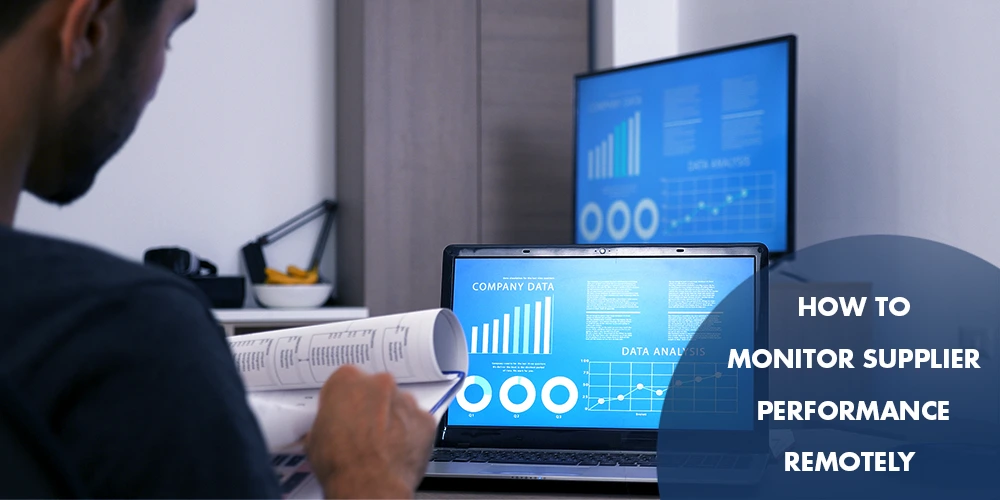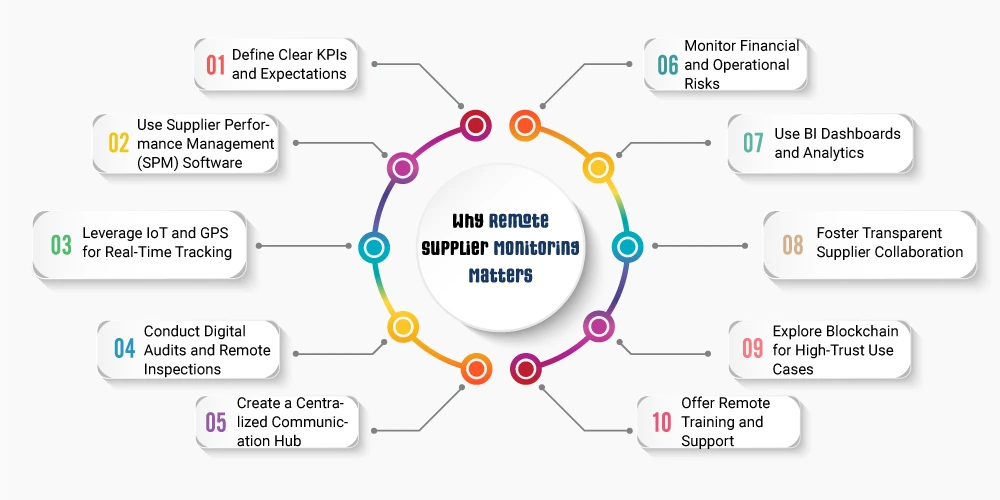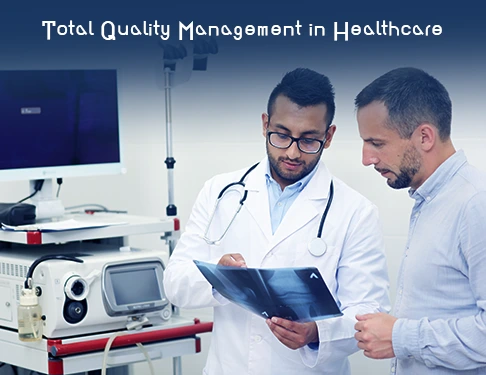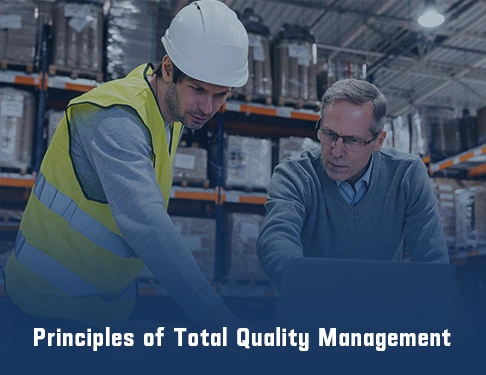Guide to Qualifying New Suppliers in Malaysia for Manufacturing Success
Malaysia is a premier manufacturing hub in Southeast Asia. According to the Malaysian Investment Development Authority (MIDA), “Malaysia, with its extensive trade....
By AMREP | Posted on May 19, 2025

Supplier performance directly impacts your product quality, operational efficiency, and brand reputation. But with teams often working across different time zones and continents, the challenge lies in how to monitor supplier performance remotely; without sacrificing visibility or control.
Thankfully, remote monitoring is not only possible, it can be highly effective with the right tools and tactics. Here’s a comprehensive guide to doing it right.
Poor supplier performance can lead to delays, defective products, compliance issues, or even supply chain disruptions. Monitoring suppliers remotely helps you:
Sourcing raw materials or finished products requires more than just reliable partners—remote supplier monitoring is now a critical necessity for ensuring quality and continuity

Before you monitor anything, set the right benchmarks. Establish clear, measurable Key Performance Indicators (KPIs) to evaluate supplier performance objectively.
Tip: Document expectations in a Service Level Agreement (SLA) and align it with suppliers from day one.
Tactics:
Cloud-based supplier management tools offer centralized dashboards, automated scorecards, and real-time tracking of vendor performance.
Tactics: Set up automated scorecards and generate monthly performance reports sent directly to vendors.
For Example:
If you're managing suppliers involved in logistics, delivery, or manufacturing, real-time tracking can be a game-changer.
Tactics: Use geofencing and automated notifications for delivery milestones or exceptions.
For Example:
Auditing doesn’t have to involve site visits. Digital checklists, virtual tours, and self-reporting mechanisms allow for remote quality checks.
Tactics: Provide suppliers with an audit checklist, and request time stamped media for verification.
For Example:
For insights on how to maintain high standards and ensure consistent quality, check out our guide on Quality Control Methods.
Efficient communication is key to proactive issue resolution and status updates. Streamline interactions using collaboration tools.
Tactics Schedule recurring check-ins with suppliers to review performance and align on goals.
For Example:
A supplier’s financial stability and geopolitical environment can significantly impact your supply chain.
Tactics: Set alerts for economic, environmental, or political events that may affect supplier operations.
For Example:
Data-driven insights help you make informed decisions. Integrate your supplier data into business intelligence tools for a complete performance view.
Tactic: Build dashboards that visualize supplier trends, compare vendors, and flag performance anomalies.
Here’s how you can bring this tactic to life:
To ensure the reliability and functionality of your software, it's crucial to follow essential QA testing practices during the development process.
Monitoring shouldn’t feel like surveillance. Build trust by making it a collaborative process with open feedback loops.
Tactics:
For industries requiring high transparency (e.g., pharmaceuticals, food, luxury goods), blockchain can ensure data integrity and traceability.
Tactics:
Suppliers can’t meet expectations if they don’t understand them. Offer training modules and guidance via online platforms.
Tactics:
Onboard suppliers with structured e-learning modules about your brand, quality standards, and compliance requirements.
For Example:
Remote supplier monitoring is no longer optional—it’s essential. By combining the right tools, clear KPIs, and proactive communication, businesses can ensure quality, accountability, and long-term supply chain success.
At AMREP, we specialize in supplier management and quality assurance solutions tailored for remote operations. Whether you need on-the-ground inspections, virtual audits, or real-time performance tracking, our global network and expertise help you stay in control; no matter where your suppliers are.
Partner with AMREP and gain the visibility, trust, and performance your supply chain needs to thrive.
Contact Us To See What We Can Do
Call Us
Mon - Sat 9.00 - 18.00
Sunday Closed


12 - May 2025
12
May
2025
Malaysia is a premier manufacturing hub in Southeast Asia. According to the Malaysian Investment Development Authority (MIDA), “Malaysia, with its extensive trade....

22 - April 2025
22
April
2025
Healthcare is rapidly evolving, ensuring consistent and high-quality patient care. Total Quality Management (TQM) in healthcare is more than just a buzzword—it is a powerful....

16 - April 2025
16
April
2025
Total Quality Management (TQM) is a mindset that involves everyone in the organization working toward a common goal: achieving excellence through quality. From....
